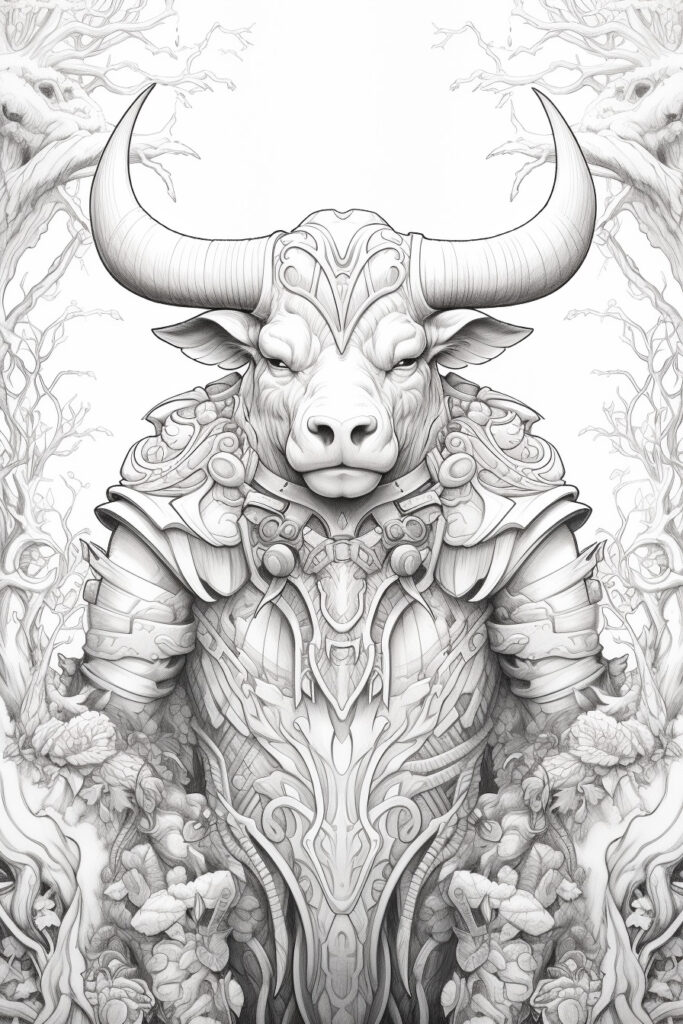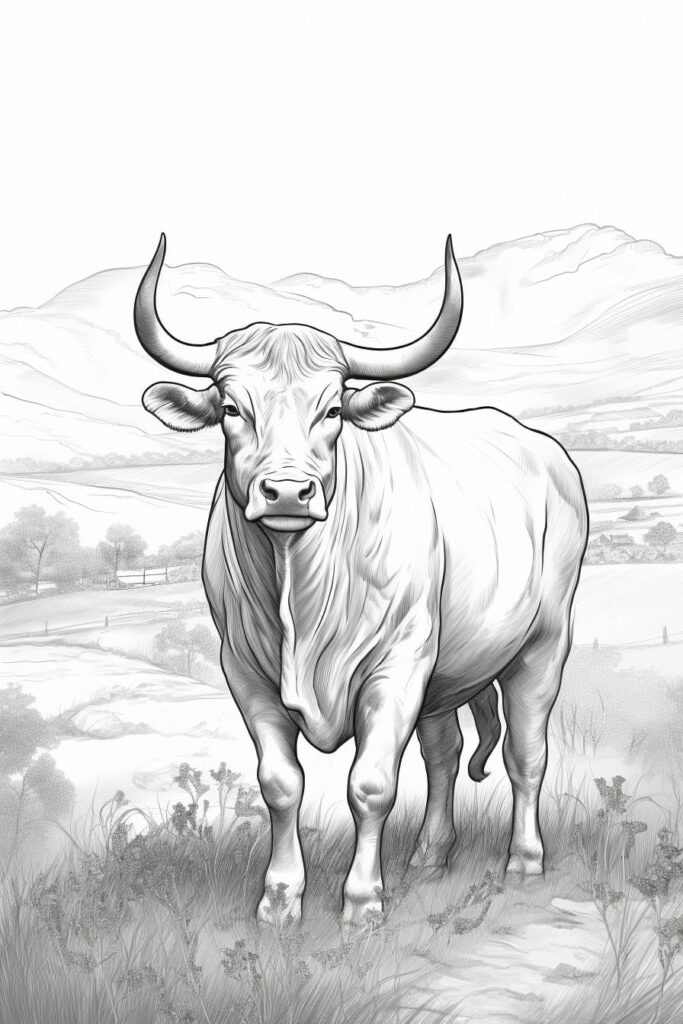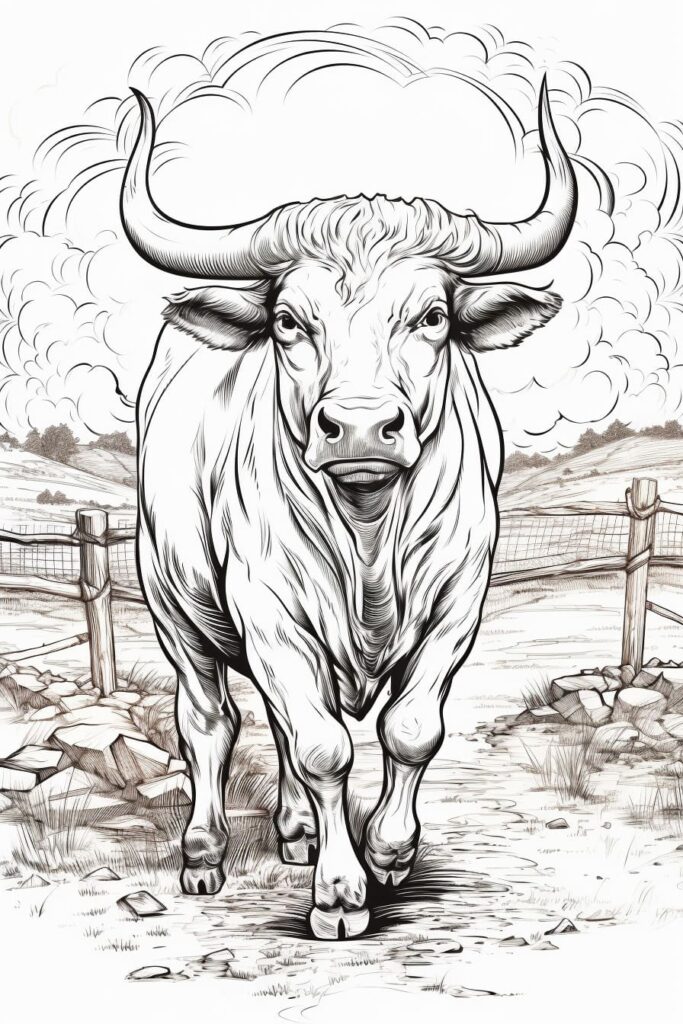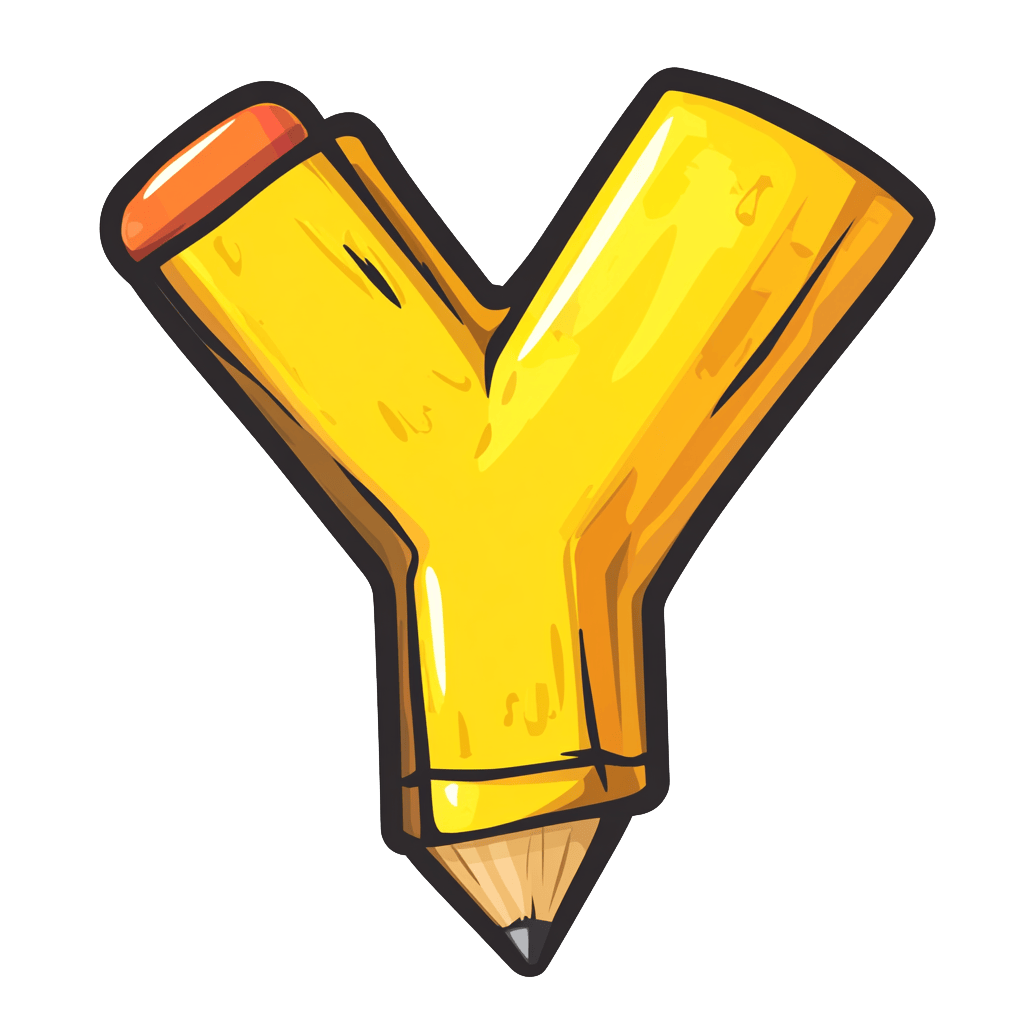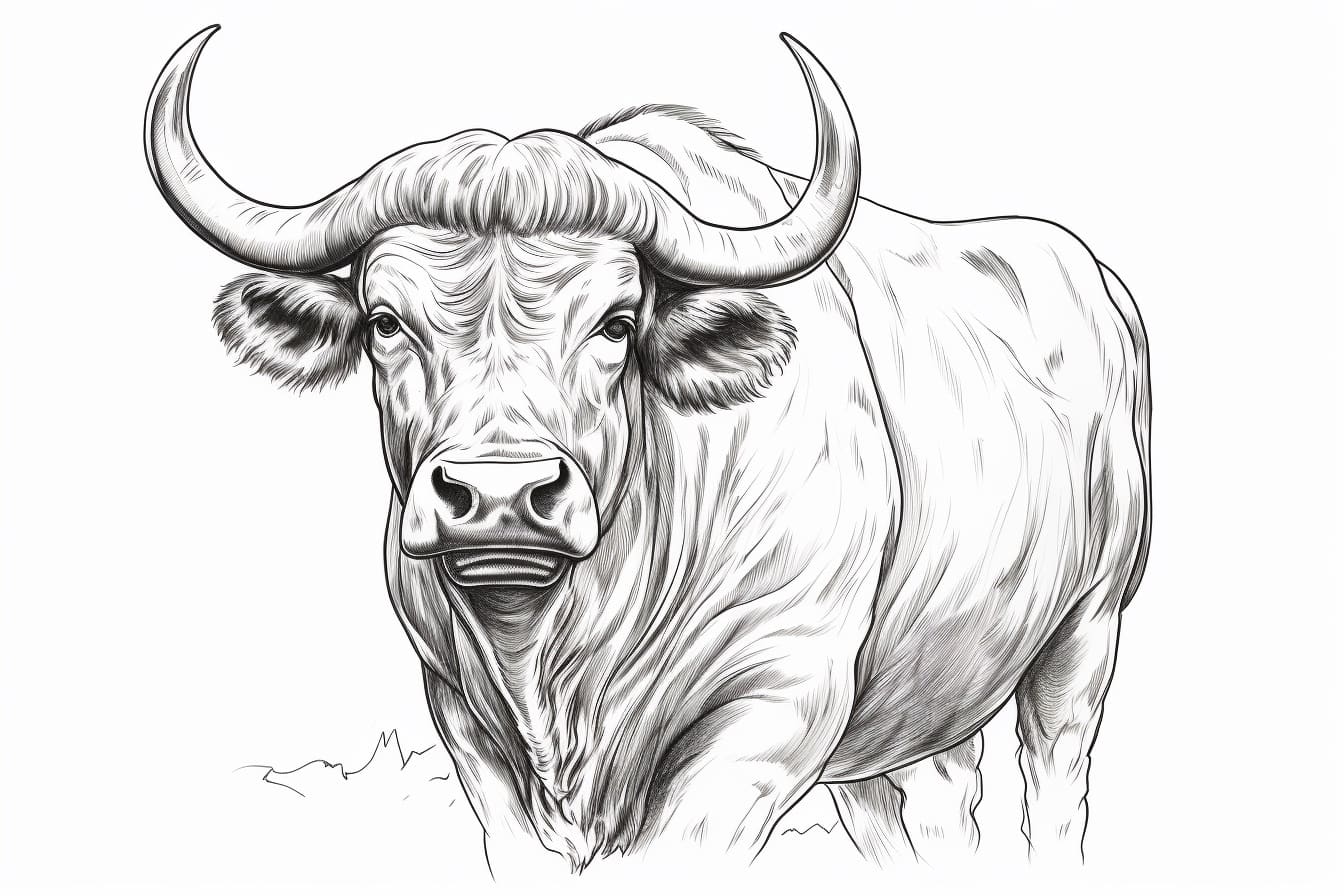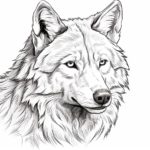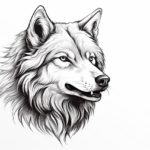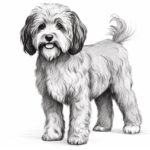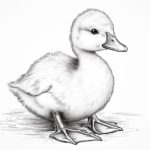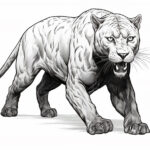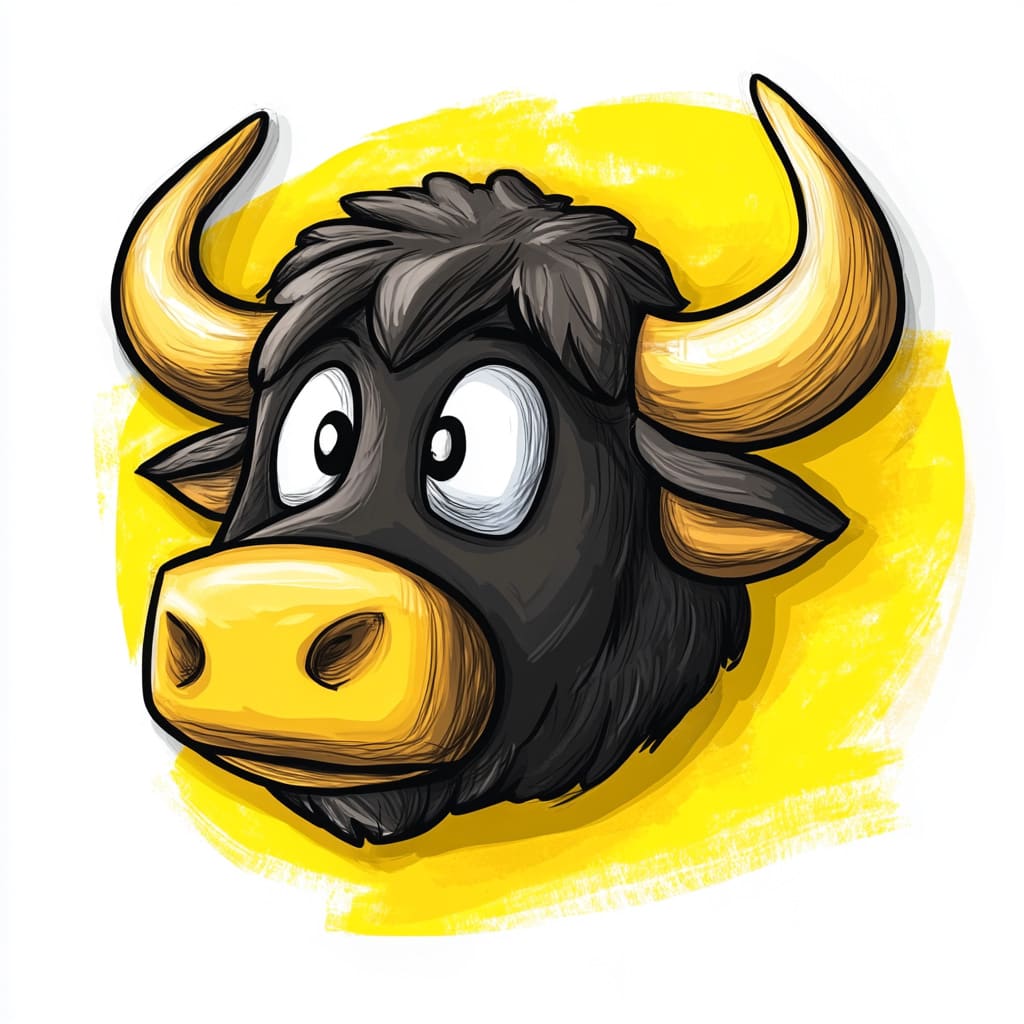
Welcome to the vibrant and imaginative realm of art, a world where your creativity can flourish and your ideas can take flight. Today, we will embark on a thrilling journey to capture the beauty and strength of the Ox through the art of drawing. This remarkable creature, with its robust body and serene expression, has been a symbol of perseverance, strength, and hard work across various cultures for centuries.
As we dive into the intricacies of drawing the Ox, we will explore the techniques that will help you convey its majestic presence on paper. Together, we’ll uncover the nuances of lines, shapes, and shading that bring this magnificent animal to life. Whether you’re a novice seeking to develop your skills or a seasoned artist looking for new inspiration, this guide will provide you with the tools and insights necessary to create your own stunning representation of the Ox.
So, gather your materials, focus your mind, and let your imagination roam free as we begin this artistic adventure. With each step, you will not only learn the process of drawing the Ox but also gain a deeper appreciation for the artistry involved in conveying the essence of such a powerful creature. Get ready to transform simple ideas into extraordinary artwork as we embark on this exciting exploration together!
Materials Required
To draw an ox, you will need the following materials:
- Paper: Choose a good quality drawing paper that can handle the medium you will be using (pencil, charcoal, etc.).
- Pencils: A set of drawing pencils with different lead grades (e.g. 2H, HB, 2B, 4B, 6B) for sketching and shading.
- Eraser: A kneaded eraser or a precision eraser for correcting mistakes and highlights.
- Sharpener: A pencil sharpener to keep your pencils sharp for detailed work.
- Reference image: A clear reference image of an ox to guide your drawing.
- Optional: Charcoal, colored pencils, blending
How to Draw an Ox: a Step-by-step Guide
Step 1: Gather Your Materials
Ensure you have all the necessary materials before starting your Ox drawing. You will need a pencil, eraser, paper, and any preferred coloring materials such as colored pencils, markers, or watercolors.
Step 2: Start with Basic Shapes
Begin by lightly sketching the basic shapes of the Ox. Start with an oval for the body and a smaller circle for the head. Add in two small circles for the snout and a larger oval for the hindquarters.
Step 3: Add Details to the Head
Outline the shape of the head, adding details such as the ears and horns. Oxen typically have long, curved horns, so make sure to include them in your drawing. Add a small circle for the eye.
Step 4: Sketch the Body
Connect the head to the body by drawing the neck. Sketch the legs and hooves using simple lines and shapes. Oxen have strong, muscular bodies, so make sure to capture that in your drawing.
Step 5: Refine the Details
Add more details to the Ox, such as the tail, fur texture, and any other features you’d like to include. Pay attention to the proportions and shapes to ensure a realistic representation.
Step 6: Erase Guidelines
Once you’re satisfied with the overall shape and details of the Ox, carefully erase any remaining guidelines and unnecessary sketch lines. This will help clean up your drawing and make it look more polished.
Step 7: Add Color (Optional)
If you prefer a colored drawing, you can now add color to your Ox using your chosen coloring materials. Consider the natural colors of an Ox, such as shades of brown, black, and white. Add shading and highlights to give your drawing depth and dimension.
Step 8: Final Touches
Take a final look at your drawing and make any necessary adjustments or additions. Add any background elements or details to complete your artwork. Sign your drawing and date it to mark your accomplishment.
Step 9: Share Your Artwork
Share your Ox drawing with others to showcase your artistic talent and creativity. Whether you display it at home, in an art portfolio, or on social media, be proud of your creation and continue to practice and improve your drawing skills.
Conclusion
In conclusion, drawing an ox requires attention to detail, patience, and practice. By following the step-by-step guide outlined in this article, you can create a realistic and expressive representation of this majestic animal. Remember to study the anatomy of the ox, observe its unique characteristics, and use shading techniques to add depth and dimension to your drawing. With dedication and perseverance, you can hone your skills and master the art of drawing an ox. Keep practicing, stay inspired, and enjoy the process of bringing this powerful creature to life on paper.
Fun Facts About Oxen
- Oxen are domesticated cattle that have been trained to work as draft animals for thousands of years. They are specifically trained for pulling heavy loads and plowing fields.
- The word “ox” typically refers to a castrated adult male bovine that is trained to work as a draft animal. However, it can also refer to a cow (female bovine) that is trained for the same purpose.
- Oxen are known for their strength and endurance. They are capable of pulling heavy loads for long distances without tiring easily.
- Oxen have a strong bond with their human handlers. They respond well to gentle training methods and develop a trusting relationship with their handlers over time.
- In some cultures, oxen are considered sacred animals and are used in religious ceremonies or festivals. They hold a special significance and are often adorned with decorations during such events.
- Oxen are herbivores and primarily feed on grass, hay, and other plant materials. They have a specialized digestive system that allows them to efficiently process fibrous vegetation.
- While oxen are primarily used for agricultural purposes, they are also sometimes used in competitive events such as ox pulling contests. These contests test the strength and teamwork between the oxen and their handlers.
- Oxen have been depicted in various forms of art and literature throughout history. They symbolize strength, hard work, and perseverance in many cultures.
- Despite advances in technology, oxen are still used for agricultural work in some parts of the world, particularly in developing countries where mechanized equipment may be scarce or impractical.
- Oxen have been bred for specific traits over centuries, resulting in different breeds that vary in size, strength, and temperament. Some popular oxen breeds include the Charolais, Hereford, and Holstein.
Suggestions for Scenes and Settings for Ox Drawings
- An ox peacefully grazing in a lush green meadow surrounded by wildflowers and a clear blue sky above.
- A majestic ox standing proudly in a rustic barnyard with a backdrop of rolling hills and a colorful sunrise in the distance.
- An ox pulling a traditional wooden cart through a bustling marketplace filled with vendors and shoppers.
- An ox adorned with intricate floral garlands and ribbons, participating in a festive parade celebrating a cultural holiday or event.
- An ox peacefully resting under the shade of a towering oak tree in a serene countryside setting.
- An ox depicted in a stylized, abstract form using bold geometric shapes and vibrant colors to convey strength and power.
- An ox depicted in a whimsical, cartoon style interacting with other farm animals in a playful and humorous manner.
- An ox depicted in a surreal, dreamlike setting with floating clouds and surrealistic elements to create a sense of wonder and mystery.
- An ox depicted in a futuristic sci-fi setting, wearing advanced technological gear and surrounded by futuristic cityscape.
- An ox depicted in a fantasy realm, adorned with magical armor and surrounded by mythical creatures in a mystical forest.
